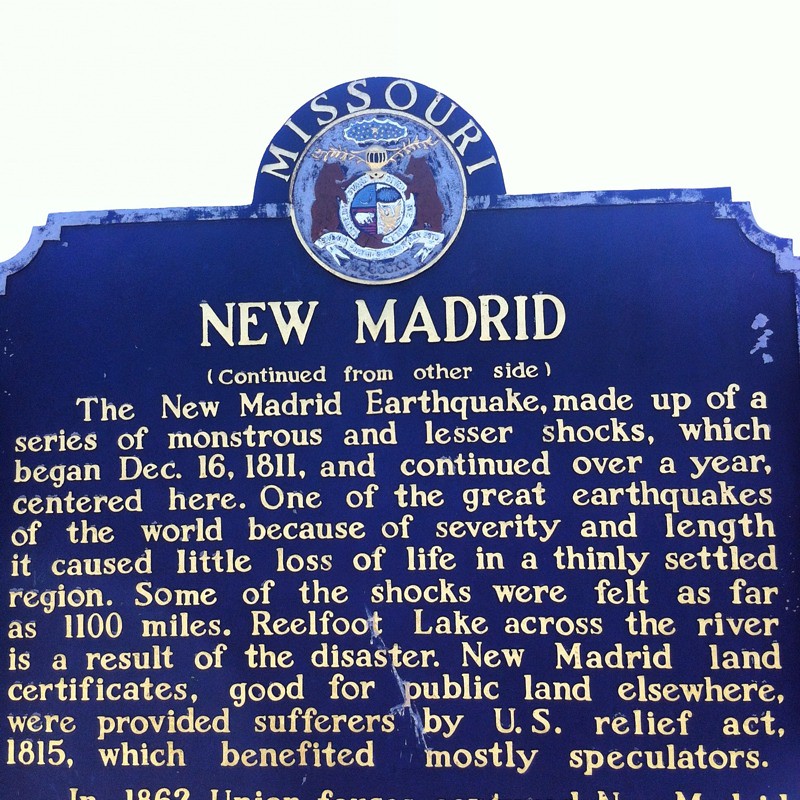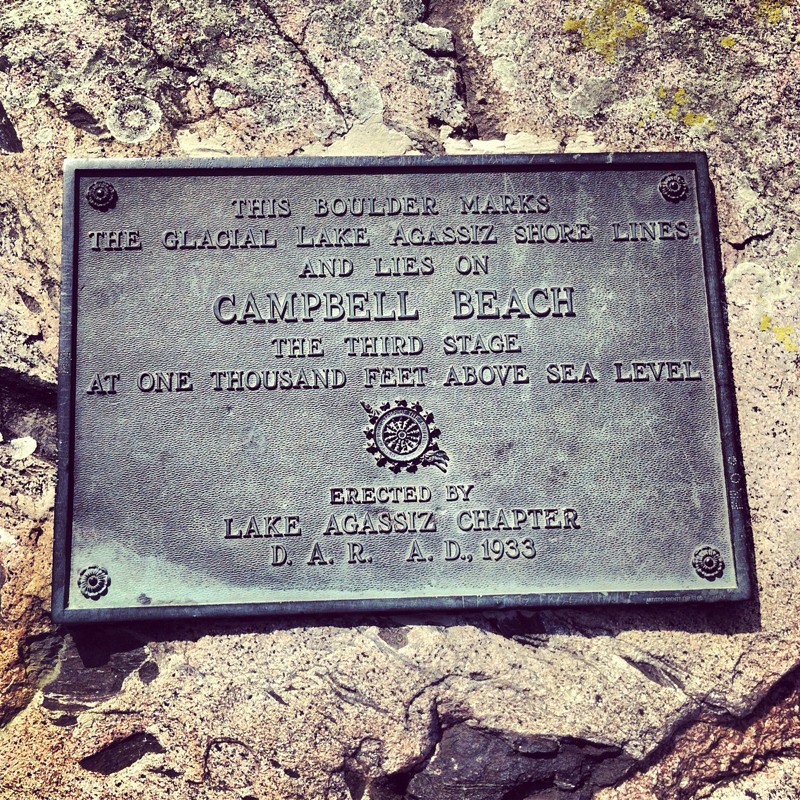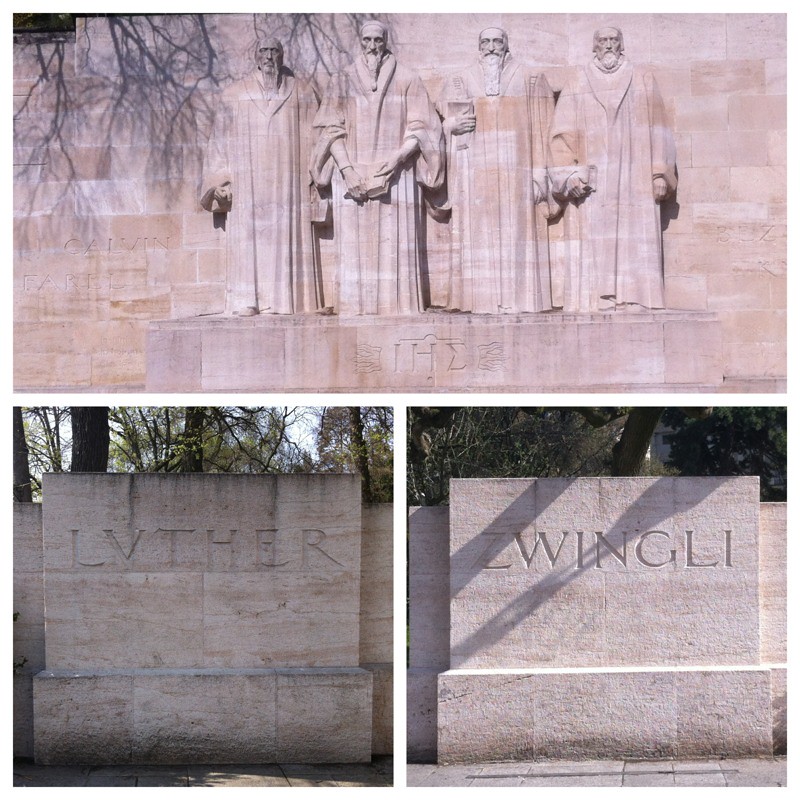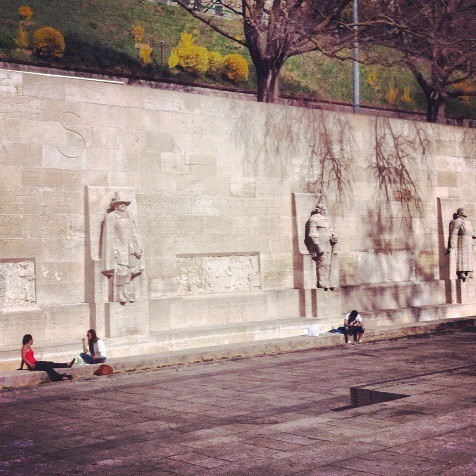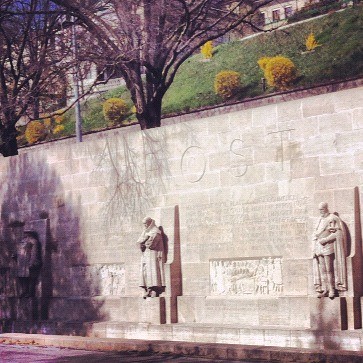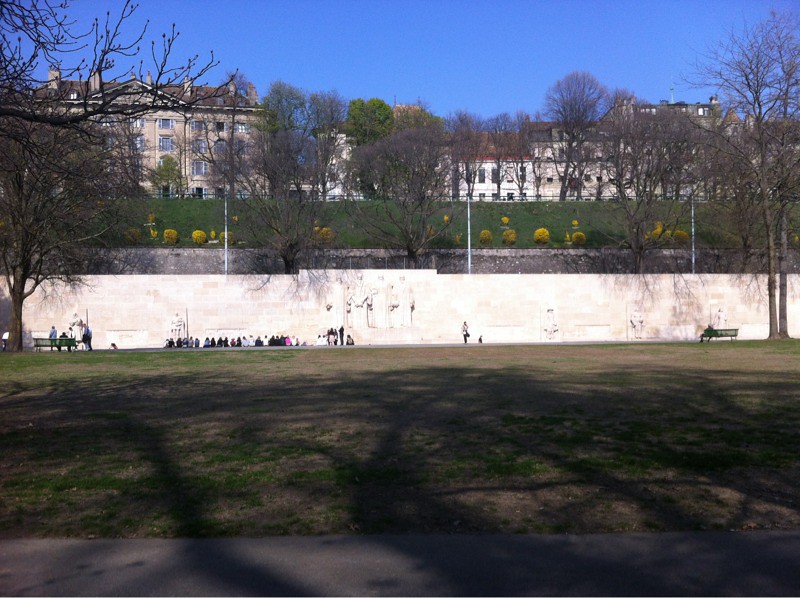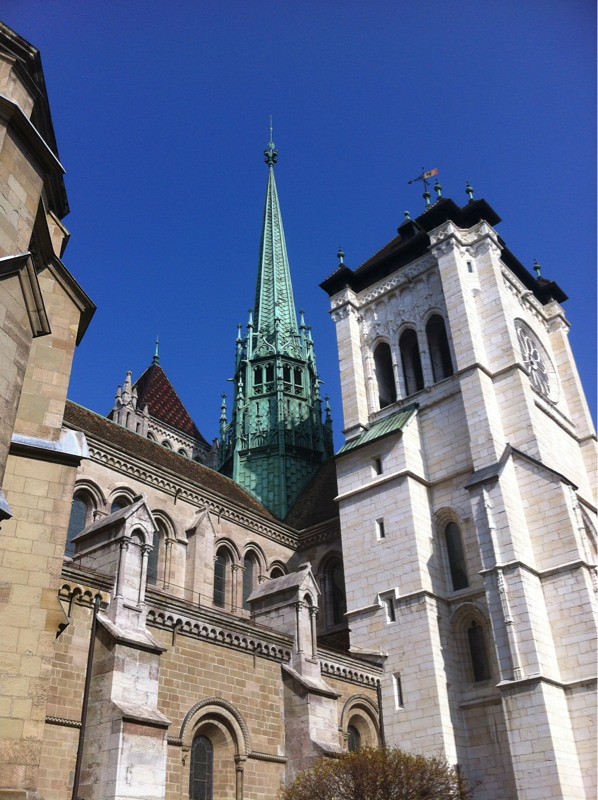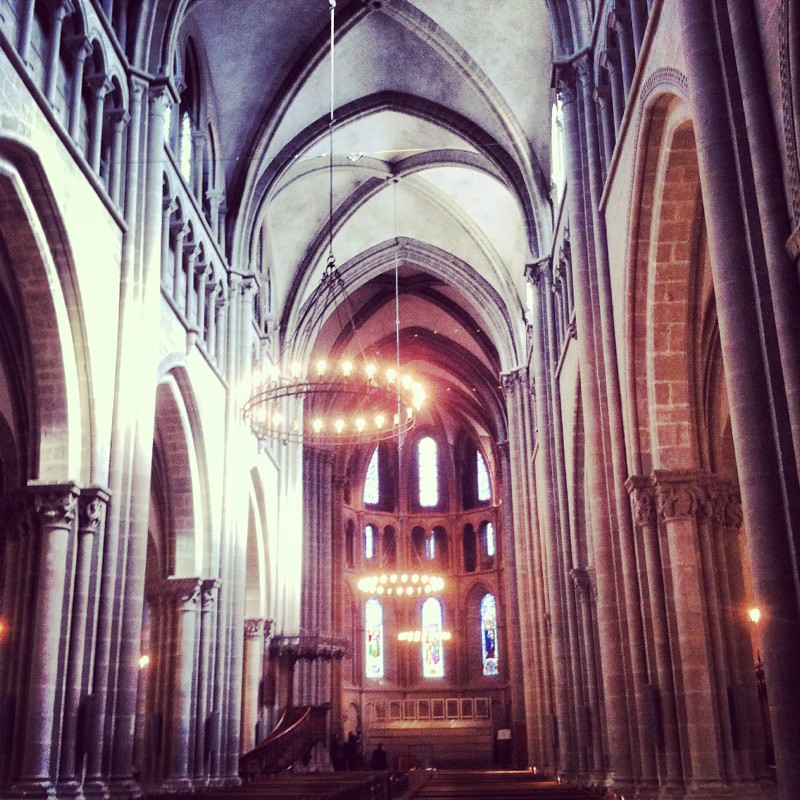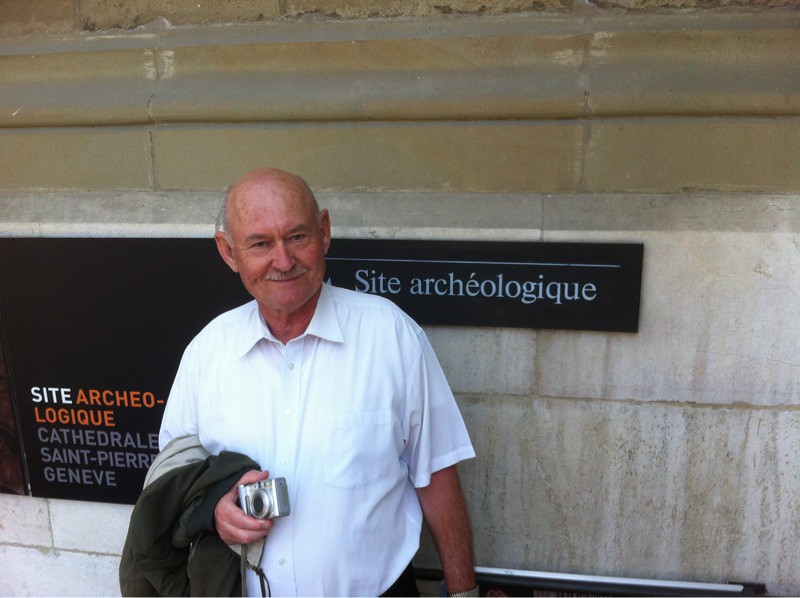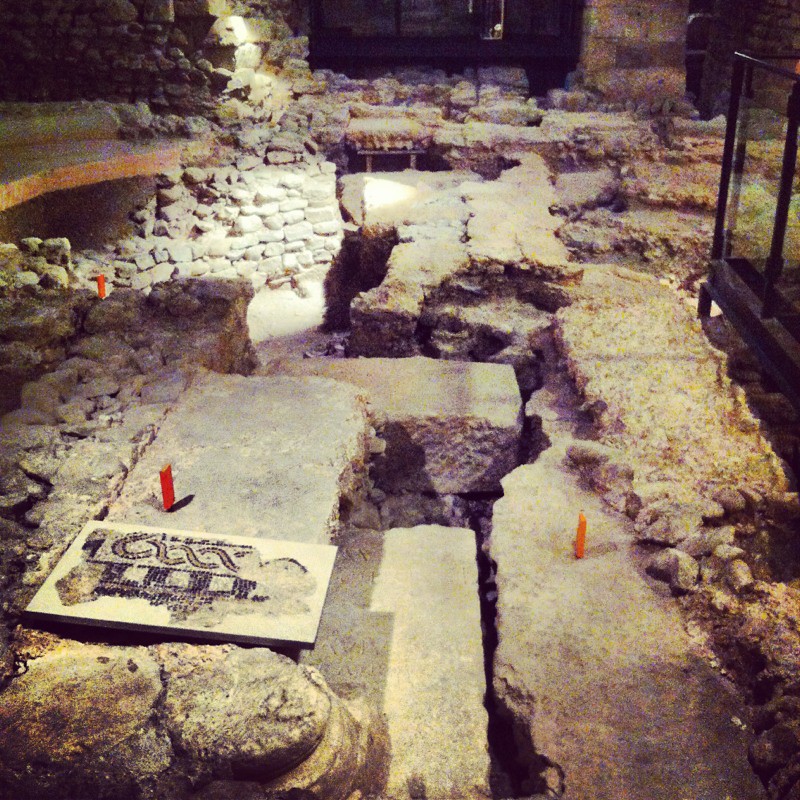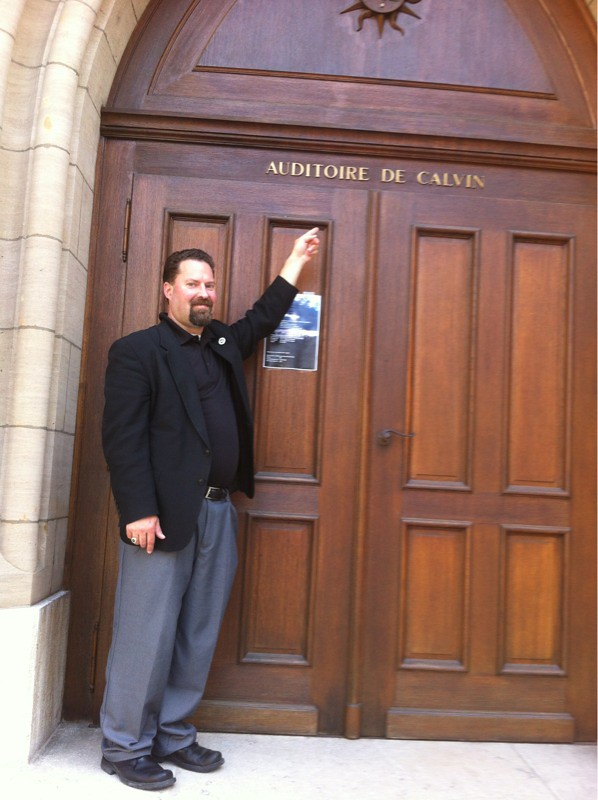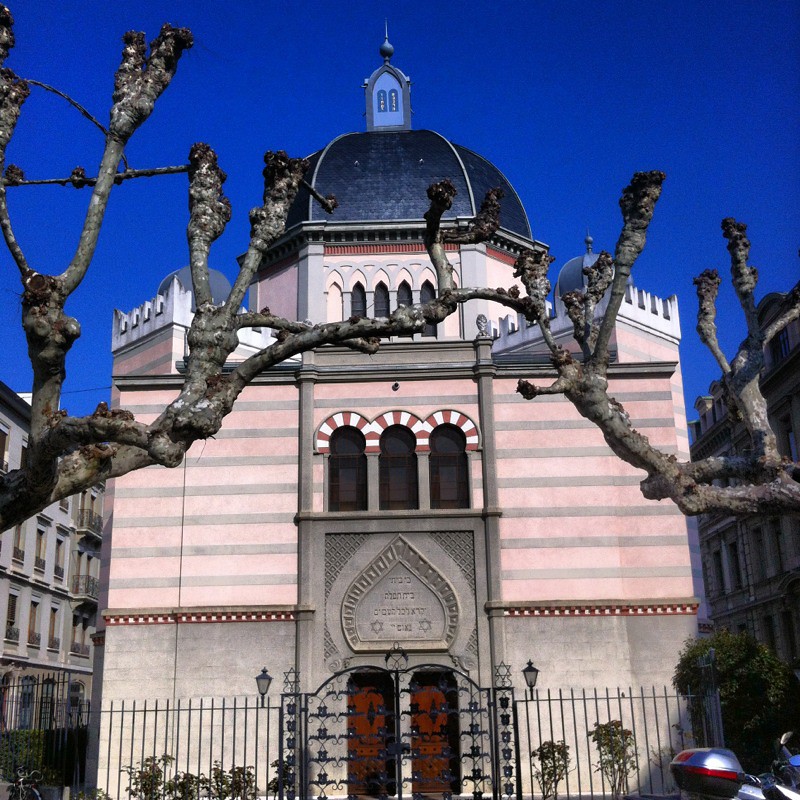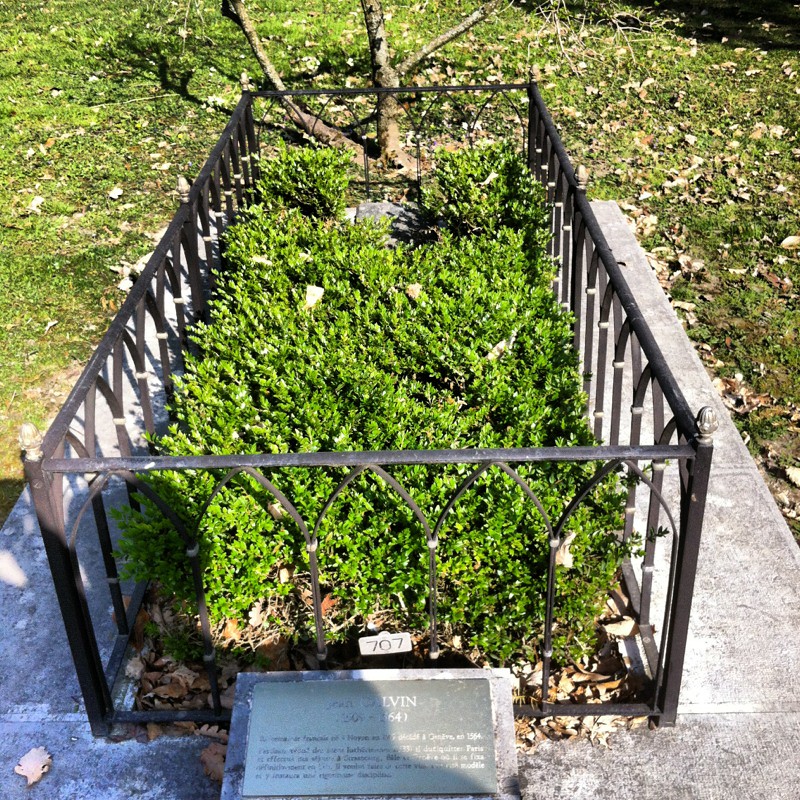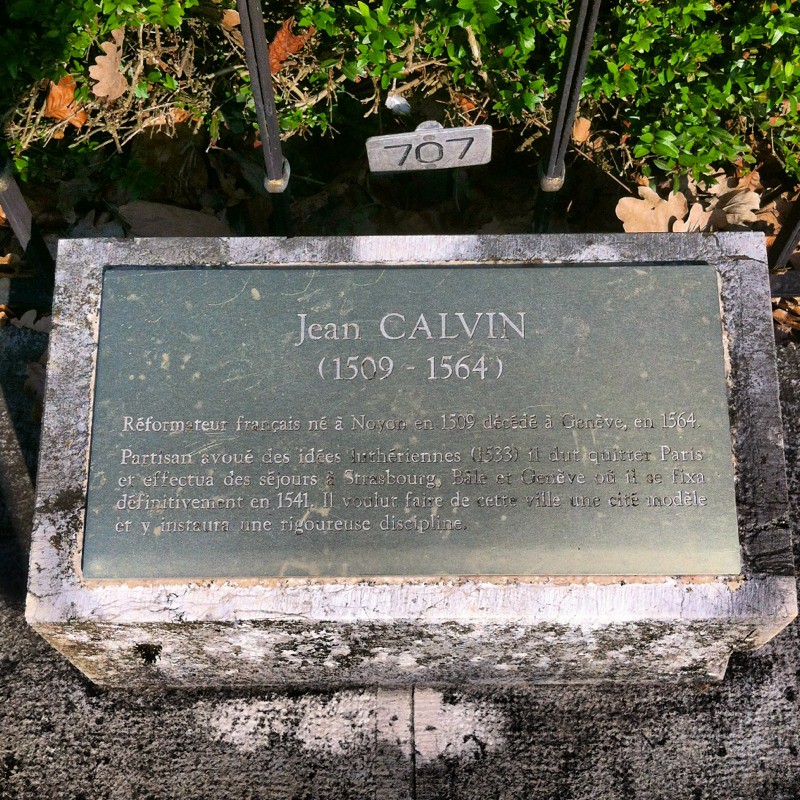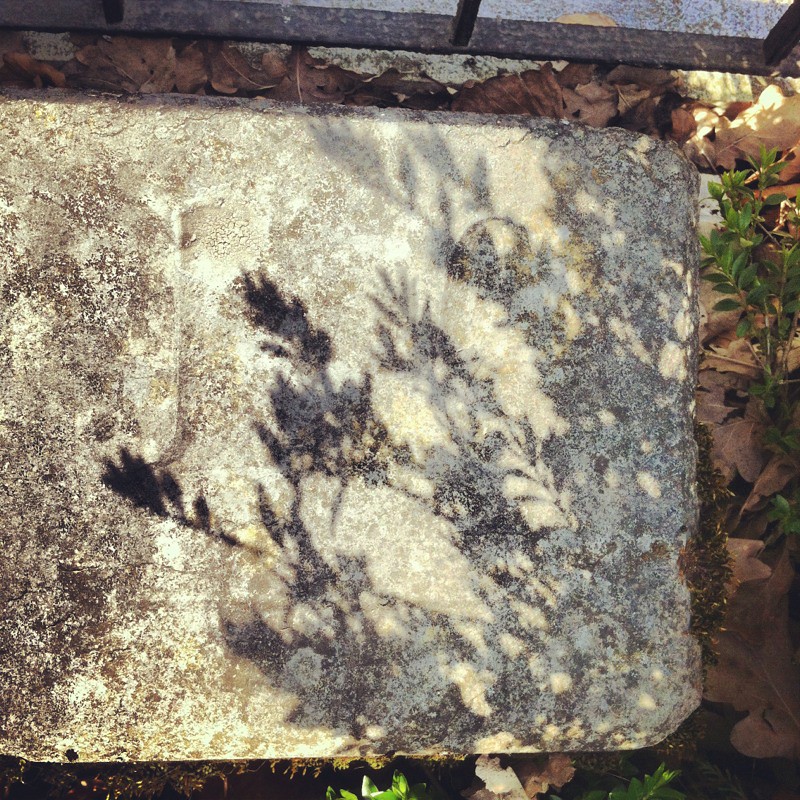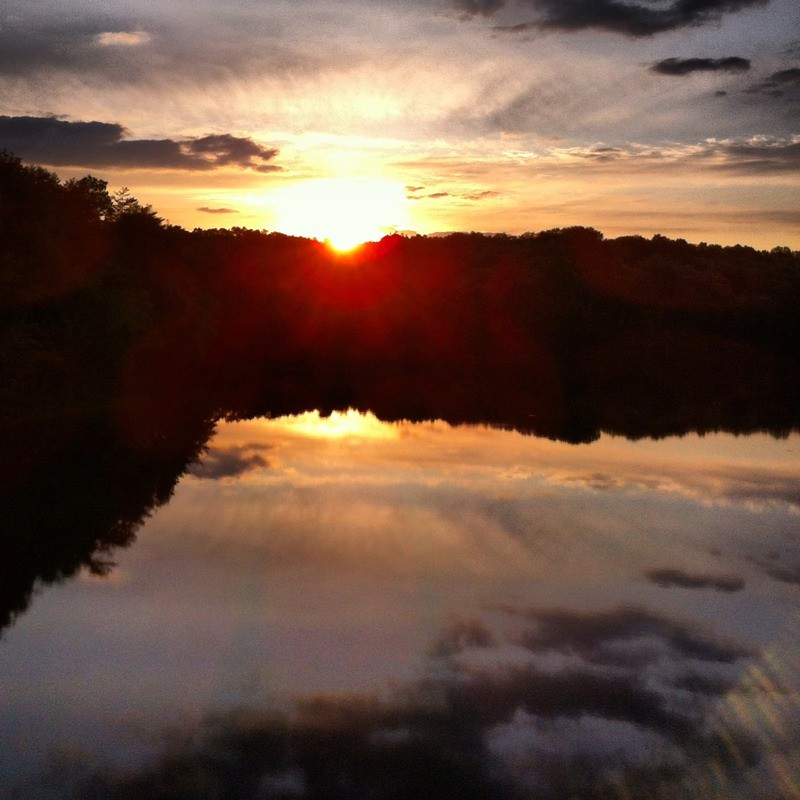
Sunrise at Fall Creek Falls.
I am at beautiful Fall Creek Falls State Park in Tennessee, located between Knoxville and Nashville. The Conference is themed Witness, Mercy, Life Together. Dr. Albert Collver spoke on WMLT, and Dr. Adam Francisco spoke on Islam. Below is the sermon on Witness from last evening.
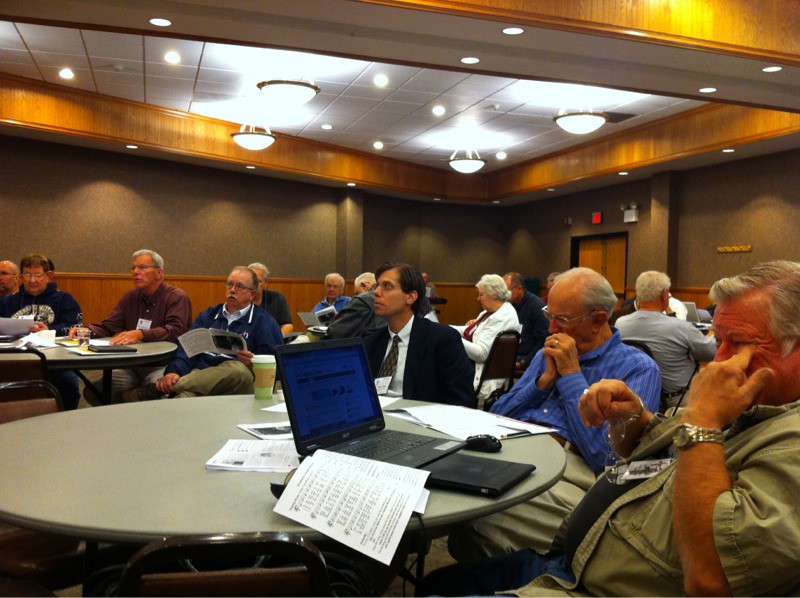
Some of the pastors from the Mid-South District.
I.N.I.
Luke 24:48 and Acts 3:15
Pastor Albert Collver
Third Sunday of Easter – 23 April 2012 East Region Pastors' Conference Mid-South District
Dear Friends in Christ,
“You will be my witnesses.”
A better text could not have been chosen for a Pastors' conference that has the theme of Witness, Mercy, and Life Together. Yet this text was not chosen to fit the Conference theme, but rather is the appointed text for The Third Sunday of Easter. It gets even better than that; the reading from Acts also speaks about being a witness. Jesus tells his disciples, “You will be my witnesses.” What does this mean?
At first glance, one might think that this is a mission text par excellence. Yet in terms of modern missio Dei thought, this text barely registers. You see, being a witness is too passive. It does not have enough sending. Yet in the context of the Gospel reading, the witness borne by the Apostles is accompanied by Jesus sending his Apostles into the world to bear witness to him.
Indeed, the Apostles were eye-witnesses or martyrs of the life, death, and resurrection of Jesus. This conforms with the legal, court room usage of "witness" in Greek. The Apostles testified and bore witness to what they saw. Saint John speaks this way when he says in 1st John, "That which was from the beginning, which we have heard, which we have seen with our eyes, which we looked upon and have touched with our hands, concerning the word of life— 2 the life was made manifest, and we have seen it, and testify to it and proclaim to you the eternal life, which was with the Father and was made manifest to us." Saint John goes on to say that this "witness" is proclaimed so that "so that you too may have fellowship." (1 John 1:3) The witness of Jesus Christ creates fellowship, koinonia, and gives us a Life Together with God the Father, and His Son, Jesus.
This "witness" original came from the Apostles, who were eye-witnesses. You see, eye-witnesses had a credibility in Greek society that others did not. This also is in part why the majority of Apostles were martyred. Those who did not believe, those who hated the church, needed to eliminate the eye-witnesses. Their testimony was silenced. Yet in the process of being martyred, the Apostles bore witness to Jesus.
What precisely did the Apostles bear witness? The reading from Acts provides the answer, "you killed the Author of life, whom God raised from the dead. To this we are witnesses." (Acts 3:15) The Apostles always bore witness to the death and resurrection of Jesus. In fact, through out the Book of Acts, the word martyria (witness) most often appears with the resurrection. Without the resurrection, there is no witness. Without the resurrection, our faith is in vain.
Although during this Easter season, it may seem blatantly obvious to say the cornerstone of our faith is the resurrection of Jesus, unfortunately, it is not. We as preachers of the Gospel frequently are tempted to move beyond the basic, elemental teachings of the faith and more onto something more advanced. Yet preaching without the resurrection of Jesus as the center is not a witness.
Recently, on a trip to Geneva to meet with representatives of the Lutheran World Federation (LWF), I mentioned that since I was in Geneva I would like to visit the grave of Jean Calvin out of interest in Reformation history. A person from the LWF replied, "it isn't much to see, just a little stone with the letters J.C. On it. We hope it is the grave of Jean Calvin and not Jesus Christ." The witness of the resurrection of Jesus is constantly under attack by the devil, the world, and our sinful nature. The only reason the Apostles could endure martyrdom is because they believed and witnessed to the resurrection of Jesus. Because Jesus rose, they too had hope of the resurrection.
This brings us to the other usage of "witness" in the New Testament, a person who bears witness, who testifies, who confesses what he believes to be true. The Apostles also were this kind of witness, for they testifies to what they believed, that Jesus rose on the third day. Since we were not eye-witnesses to Jesus' life, death, and resurrection, this is where we link up with being a witness. We witness and testify to what we believe, chiefly that Jesus rose from the dead. This also makes the church a witness to the truth, and a martyr in this world.
Jesus' words in the Gospel reading is a fulfillment of an Old Testament prophesy. In Isaiah 44, the Lord declares, "You are my witnesses." In Isaiah, the Lord not only delivers his people, but he knows them before they are even born. The Lord's people, Israel -- his holy church, is witness to all the mercy that the Lord bestows on his people. The witness is to what the Lord has done. Unlike the people who worship idols made with hands and out of wood, the Lord's people testify and bear witness that the Lord is God and that He is merciful. You see, the Lord has made his people witnesses and he gives them the content of their witness. Confession and witness go together.
It seems that some "mission" sermons focus on what you need to do. You need to go out. You need to witness. The Gospel text portrays a different picture. Jesus said, "You will be my witnesses." You see, Jesus makes you into his witness. You have heard the Gospel. You have received the gift of Holy Baptism. In the Lord's Supper, you receive Christ's body and blood. In the fellowship, participation, or Life Together of his body and blood, you proclaim the Lord's death until he comes. You are his witnesses.
Live in the resurrection of Jesus. Witness to the resurrection as the Apostles did. Jesus has made you his witnesses.
Go in peace.
Amen.
- Rev. Dr. Albert Collver, Director of Church Relations
- Posted using BlogPress from my iPad
Location:Unnamed Rd,Spencer,United States

